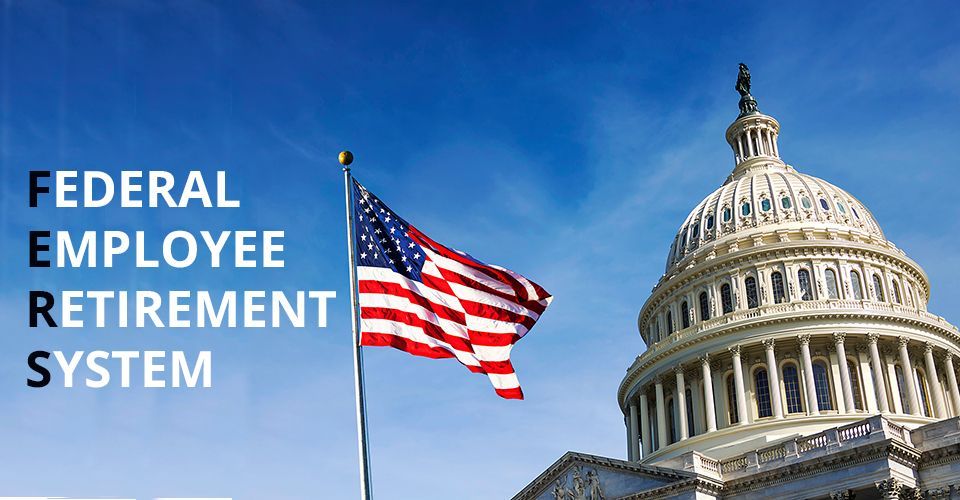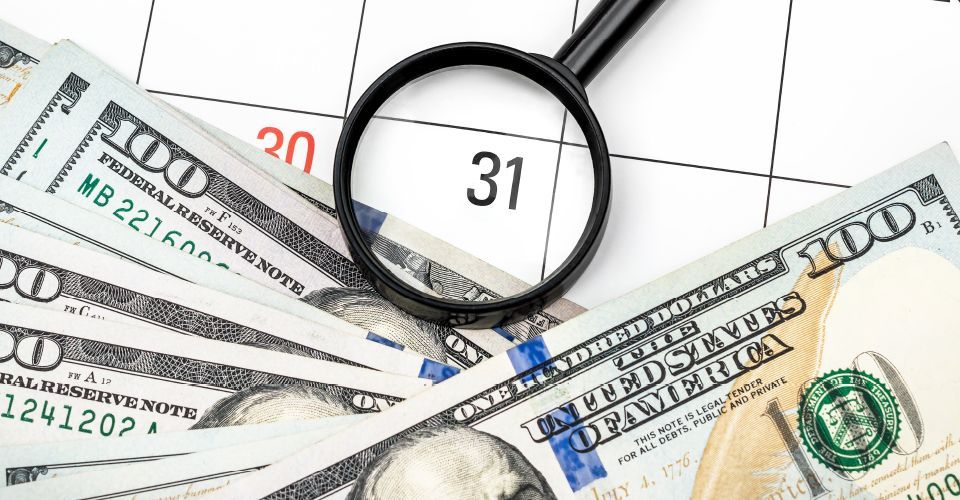
Supercharge Your TSP Before Retirement
Understanding the 2025 TSP Contribution Limits
TSP contribution limits for 2025 have seen some changes, particularly for those nearing retirement age. Here's a breakdown of the new limits:
- Under 50: $23,500 (standard limit)
- 50-59: $31,000 (includes $7,500 catch-up contribution)
- 60-63: $34,750 (includes $11,250 catch-up contribution)
- 64 and older: $31,000 (includes $7,500 catch-up contribution)
These updated limits provide an excellent opportunity for federal employees to boost their retirement savings, especially those in their early 60’s who can now contribute an additional $3,750 compared to previous years.
TSP Fund Overview and Recent Performance
Your TSP offers a variety of funds to suit different investment strategies and risk tolerances:
- G Fund: Government securities (4.40% return in 2024)
- F Fund: U.S. bond market exposure (1.33% return in 2024)
- C Fund: Large-cap U.S. stocks (24.96% return in 2024)
- S Fund: Small to medium-sized U.S. companies (16.93% return in 2024)
- I Fund: International stocks from developed countries (4.27% return in 2024)
- L Funds: Target-date funds for automatic asset allocation (different funds range between 7.37% to 16.28 % return in 2024)
The impressive performance of the C and S Funds in 2024 highlights the potential for growth in domestic equity markets. As of January 16, 2025, the TSP L 2025 Fund has shown a year-to-date return of 0.7% and a 1-year return of 9.7%, demonstrating the benefits of a balanced, target-date approach.
Maximizing Your TSP Contributions
To make the most of your TSP, consider the following strategies:
- Reach the annual limit: Calculate the optimal contribution per pay period to maximize your savings without losing agency matching.
- Secure the 5% agency match: For FERS employees, ensure you contribute at least 5% to receive the full government match.
- Utilize catch-up contributions: If you're over 50, take advantage of the additional catch-up contribution allowance.
- Balance traditional and Roth contributions: Consider your current and future tax situations when deciding between traditional and Roth TSP options.
Leveraging Compound Interest
The power of compound interest cannot be overstated in long-term retirement planning. By starting early and contributing consistently, you can significantly accelerate your TSP growth. For example, a federal employee who begins maxing out their TSP contributions in their 30’s could potentially accumulate hundreds of thousands more by retirement age compared to someone who starts in their 40’s or 50’s.
Investment Strategies for the Next Decade
As you approach retirement, it's crucial to adjust your investment strategy:
- Diversification: Spread your investments across different TSP funds to manage risk.
- Consider L Funds: These target-date funds automatically rebalance your portfolio as you near retirement.
- Monitor global economic factors: Keep an eye on potential market volatility and adjust your strategy accordingly.
The projected 6.6% growth of the Indian economy in 2025 and the strong performance of sectors like banking, IT, and pharmaceuticals may present opportunities for the I Fund.
Roth TSP: A Tax-Free Growth Opportunity
The Roth TSP option offers tax-free growth and withdrawals in retirement. Consider these factors when deciding between traditional and Roth contributions:
- Current vs. expected future tax rates
- Desire for tax diversification in retirement
- Career stage and earning potential
Starting Roth contributions earlier in your career can maximize the benefit of tax-free growth over time.
Understanding the FERS Annuity Supplement
For those retiring before age 62 that have met service and age requirements, the FERS Annuity Supplement can bridge the gap until Social Security eligibility. Eligibility criteria and calculation methods vary, so it's essential to understand how this benefit fits into your overall retirement plan.
Retirement Planning Essentials
When planning your federal retirement, keep these key points in mind:
- FERS retirement eligibility: MRA+10, 30 years of service, or age requirements
- High-3 average salary calculation
- Impact of early retirement on pension (5% reduction per year before age 62)
TSP Withdrawal Strategies
As you near retirement, consider these withdrawal options and considerations:
- Partial withdrawals: Take out a portion of your TSP while leaving the rest to grow.
- Installment payments: Set up regular monthly, quarterly, or annual payments.
- Required Minimum Distributions (RMDs): Plan for these mandatory withdrawals starting at age 72.
Develop a tax-efficient withdrawal strategy that combines your TSP, pension, and Social Security benefits.
Beyond TSP: Comprehensive Retirement Planning
While the TSP is a crucial component of your federal retirement, it's important to consider other factors:
- Social Security integration: Understand how your TSP withdrawals will work alongside your Social Security benefits.
- Health benefits: Plan for healthcare costs in retirement, including potential long-term care needs.
- Estate planning: Ensure your TSP beneficiary designations are up to date and align with your overall estate plan.
Conclusion: Taking Action
As you navigate the complexities of federal retirement planning, remember that personalized advice can be invaluable. Consider seeking guidance from one of FRE’s retirement coaches who specialize in federal benefits to create a tailored strategy that maximizes your TSP and overall retirement plan.
By staying informed about TSP updates, understanding your investment options, and implementing smart contribution and withdrawal strategies, you can supercharge your TSP and set yourself up for a financially secure retirement. Take advantage of the resources available to you, such as the
FRE Retirement Report and educational materials, to make informed decisions about your federal retirement benefits.
Remember, the key to a successful retirement is proactive planning and regular review of your financial strategy. Start implementing these winning strategies today to ensure a bright and prosperous future as you transition from federal service to retirement.
More Featured Articles









